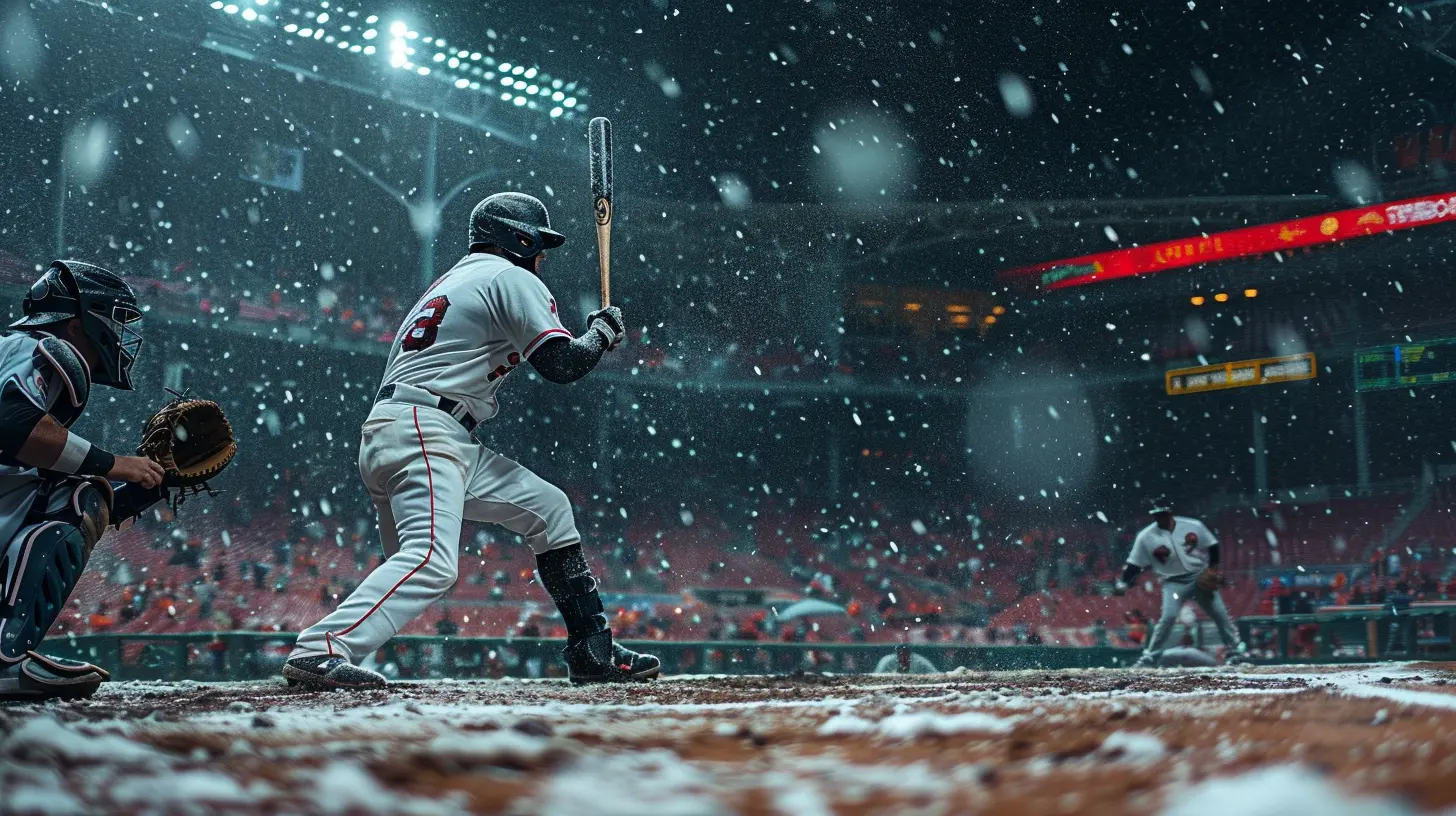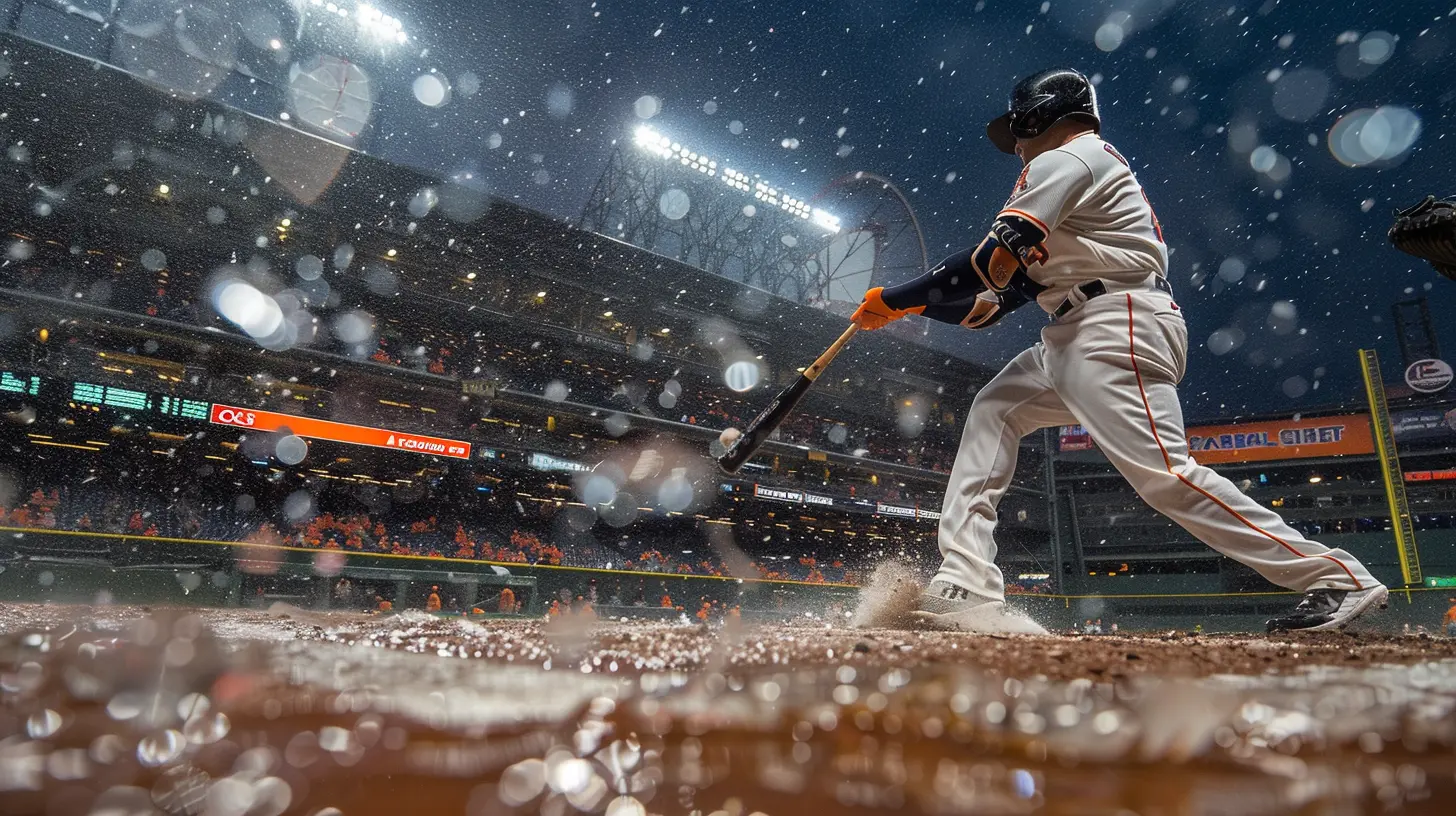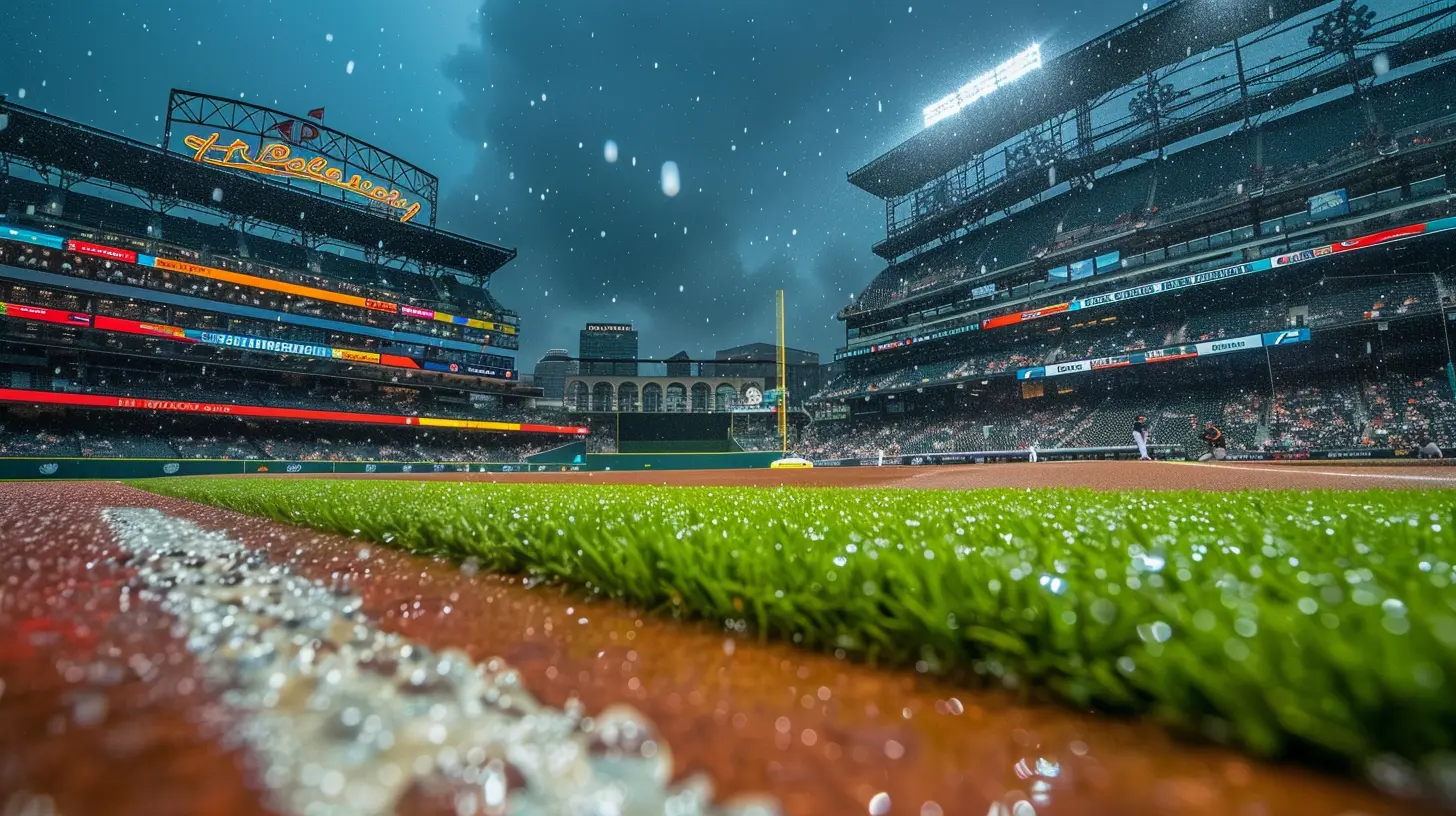The Impact of Weather on Baseball Games: How to Adjust Your Strategy
20 September 2025
Baseball is a game of skill, strategy, and precision. But guess what? Mother Nature also plays a huge role in the outcome of a game. Whether it's blazing heat, gusty winds, pouring rain, or biting cold, weather conditions can completely change how players perform and how teams approach their strategy.
So, how does weather really impact baseball, and what can players and coaches do to adjust? Let’s dive into it!

How Different Weather Conditions Affect Baseball

1. Wind: The Game-Changer
Wind is one of the biggest influencers in baseball. A strong breeze can turn a routine fly ball into a home run—or keep what looked like a sure homer inside the park.- Wind Blowing Out: If the wind is pushing toward the outfield, balls will travel farther. This benefits power hitters but can be a nightmare for pitchers trying to keep the ball in play.
- Wind Blowing In: If the wind is pushing toward home plate, expect fewer home runs and more pop-ups. Pitchers love this because it gives them an extra edge.
- Crosswind Chaos: When the wind moves across the field, outfielders have to adjust their positioning since the ball can drift unpredictably.
Strategy Adjustments:
- Hitters should aim to lift the ball when the wind is blowing out and focus on line drives when it's blowing in.- Pitchers might need to rely on breaking balls more to take advantage of wind resistance.
- Fielders should pay close attention to how the ball moves off the bat and be ready for last-second adjustments.
2. Temperature: Hot vs. Cold
Believe it or not, temperature plays a huge role in how the game unfolds.- Hot Weather: Baseballs tend to travel farther in high temperatures because warm air is less dense. This leads to more home runs and extra-base hits.
- Cold Weather: In colder temperatures, the ball doesn’t carry as well. Pitchers usually have the upper hand since hitters struggle with reduced bat speed.
Strategy Adjustments:
- In hot weather, pitchers should focus on keeping the ball down to limit extra-base hits.- In cold weather, hitters need to focus on making solid contact and not swinging for the fences.
- Coaches should keep an eye on player fatigue, as extreme heat can dehydrate and drain energy faster.
3. Humidity: The Silent Factor
Humidity isn’t just about making players sweat; it also affects baseball physics.- High Humidity: The air has more moisture, which surprisingly makes balls travel less. This benefits pitchers as it keeps home runs to a minimum.
- Low Humidity: Dryer air allows the ball to fly farther, helping power hitters.
Strategy Adjustments:
- Pitchers can take advantage of high humidity by inducing more ground balls.- Batters should adjust their approach depending on whether the ball is likely to carry or die in the air.
4. Rain: The Equalizer
Rain can be the most frustrating weather condition. It affects grip, footing, and visibility. Wet conditions make it tough for pitchers to grip the ball, and fielders can struggle with handling ground balls.Strategy Adjustments:
- Pitchers should rely on fastballs more than breaking balls since wet conditions make it harder to spin curveballs.- Infielders need to be extra cautious and focus on securing each throw before rushing.
- Base runners can use wet conditions to their advantage by taking aggressive leads, knowing that fielders may have trouble making quick plays.
5. Snow and Cold Conditions: The Ultimate Challenge
Cold weather and even snow games are rare but not unheard of. Pitchers often dominate in these conditions, as hitters struggle with stiff hands and slower bat speed.Strategy Adjustments:
- Teams should emphasize small-ball tactics like bunting and stealing bases to manufacture runs.- Pitchers can use the cold to their advantage by attacking the strike zone and forcing hitters to make weak contact.

Adapting to Weather as a Player or Coach
If you’re a player or coach, how do you prepare for weather conditions? It all comes down to awareness and adaptability.1. Use Weather Forecasts to Your Advantage
It’s not just about checking if it’ll rain; understanding wind patterns, temperature shifts, and humidity levels can provide a competitive edge.2. Adjust Pitching and Hitting Strategies
A good coach or manager knows how to tweak their lineup based on the conditions. For example:- On a windy day with gusts blowing out, it might be smart to start power hitters.
- On a cold day, opt for contact hitters who can get on base rather than relying on home runs.
3. Defensive Positioning Matters
When winds are unpredictable or rain is in play, outfielders and infielders need to adjust their positions accordingly. Smart teams constantly communicate about changing conditions.4. Base Running Becomes Crucial
In wet conditions, smart base running can make the difference between winning and losing. Aggressive steals and taking extra bases can capitalize on defensive errors.5. Mental Toughness is Key
Weather can be frustrating—cold hands, sweaty grips, unpredictable winds. The best players learn to keep their focus and adjust their mindset accordingly.
Wrapping It Up
Weather isn’t just a side note in baseball—it’s a major factor that can determine the outcome of a game. From windy home runs to rain-soaked errors, every condition presents its own set of challenges. But the teams and players who adapt quickly are the ones who come out on top.So next time you step onto the field, take a second to feel the breeze, check the sky, and adjust your game plan. Because in baseball, the weather isn't just a backdrop—it’s part of the game.
all images in this post were generated using AI tools
Category:
BaseballAuthor:

Frankie Bailey
Discussion
rate this article
1 comments
Lydia Riley
This article provides valuable insights into the intricate relationship between weather conditions and baseball strategy. Understanding how factors like wind, temperature, and precipitation affect gameplay can significantly enhance a team's performance. It's essential for coaches and players to adapt their strategies accordingly. Great read!
October 6, 2025 at 3:29 AM

Frankie Bailey
Thank you for your thoughtful comment! I'm glad you found the insights valuable and recognize the importance of adapting strategies to weather conditions.


